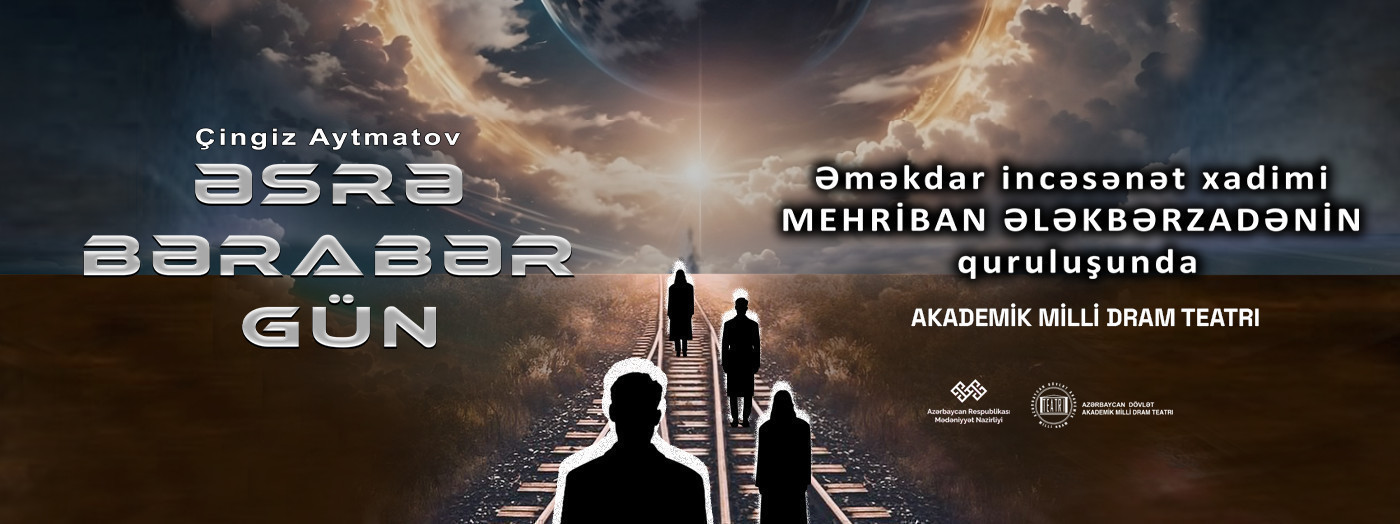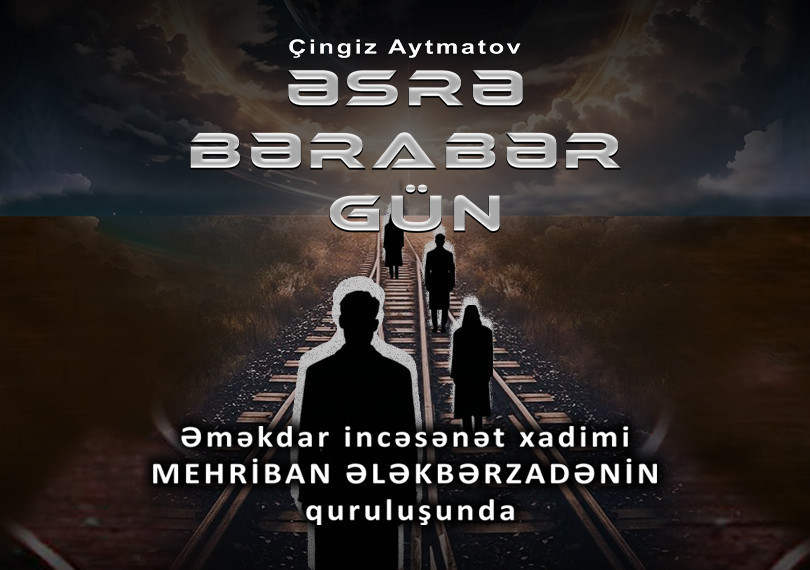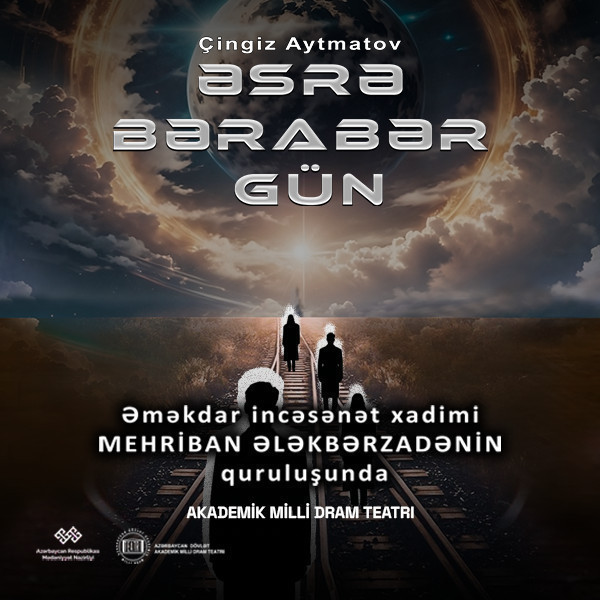
About event
This event is available as QR tickets or as physical tickets sold at city box offices. QR tickets will be activated on the day of the event. To use your QR tickets, you need to log into your personal account in the iTicket.AZ mobile application.
More about QR tickets: QR ticket
Chinghiz Aitmatov "A DAY EQUAL TO A CENTURY"
Chingiz Aitmatov - "The Day Lasts More Than a Hundred Years"
The play “The Day Lasts More Than a Hundred Years” can be described as a reflection on the century we live in — viewed through the lens of yesterday, today, and tomorrow, from Genghis Khan to Chingiz Aitmatov.
The performance begins with a railway worker from Boranly station, Yedigei, embarking on a journey to bury his friend Kazangap at the ancient ancestral cemetery Ana-Beyit.
The blocked road — marked with a "no entry" sign — is explained as being closed due to the construction of a space station.
However, within the play, this is also interpreted as a symbolic punishment for losing the sense of belonging to one’s land and ancestors.
If sons no longer know their fathers, if children forget their mothers, then the land itself will reject them.
Such people will have no place even in the endless galaxy.
“The Day Lasts More Than a Hundred Years” is the story of the longest day — a story about those who forgot the genetic codes of their ancestors, and the longest tale about Earth and Memory.
The director of the play is Honored Art Worker, State Prize Laureate Mehriban Alakbarzade.
Age restrictions / Language
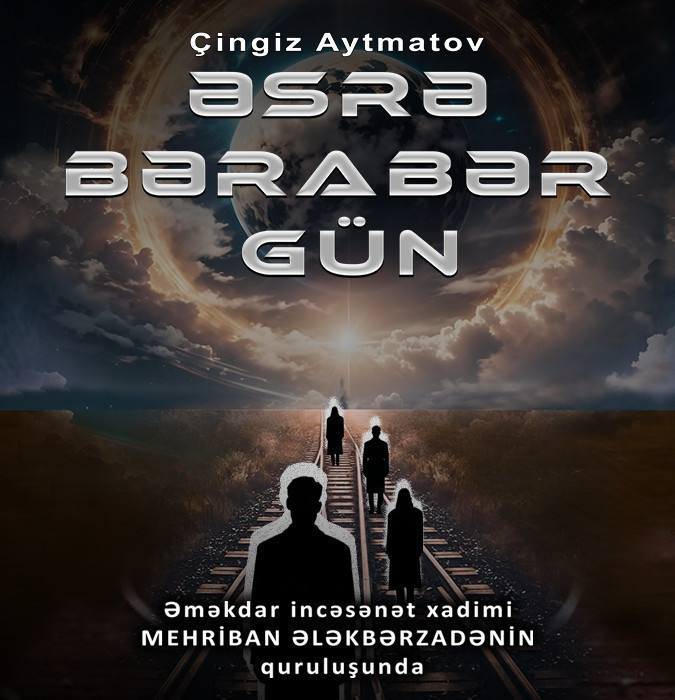
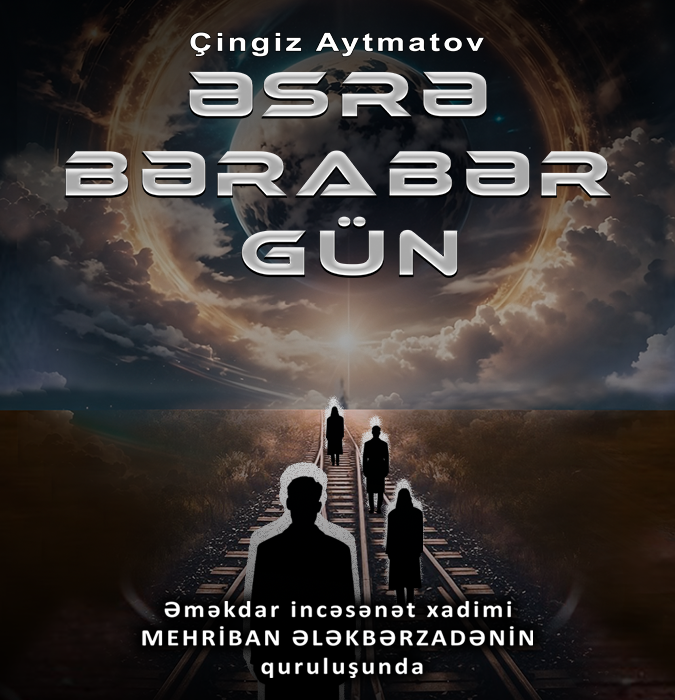
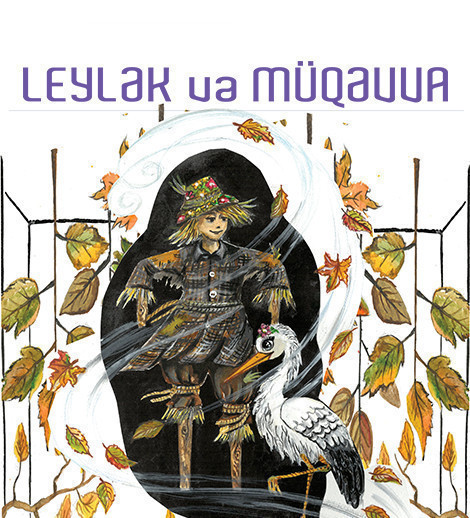
 from 5 ₼
from 5 ₼
 from 5 ₼
from 5 ₼
 from 25 ₼
from 25 ₼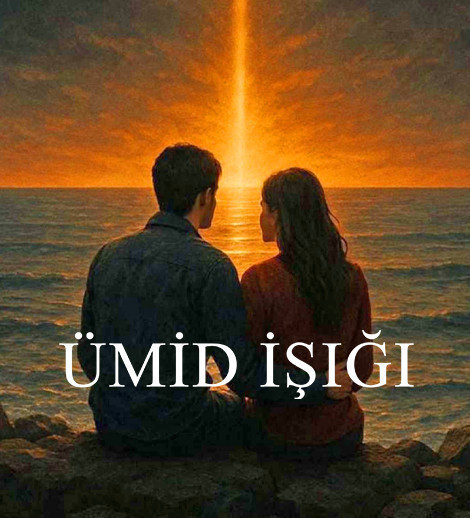
 from 7 ₼
from 7 ₼
 from 8 ₼
from 8 ₼
 from 10 ₼
from 10 ₼